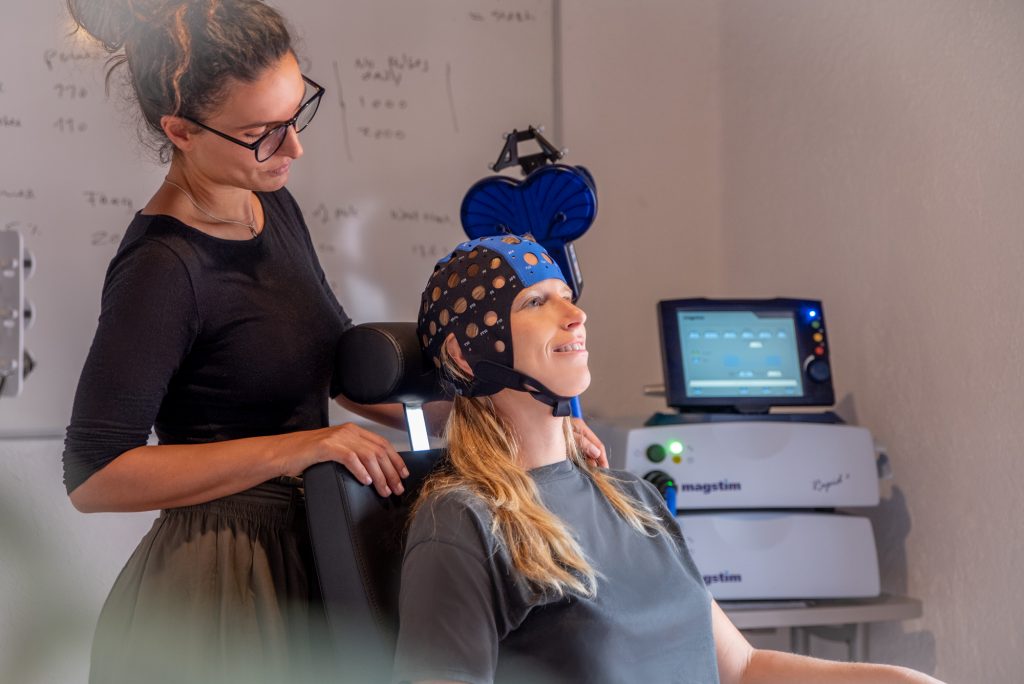-Do you know someone who has suffered a traumatic brain injury? If so, then you know just how difficult it can be to recover from one. Traditional therapies often don’t work, and many people are left with lifelong disabilities as a result. But what if there was a new way to heal brain injuries? Transcranial stimulation therapy is a new treatment that is showing great promise in helping people recover from brain injuries. In this blog post, we will discuss the science behind this type of therapy and how it is changing the lives of those who suffer from brain injuries.
Contents
- 1 What Is Transcranial Stimulation Therapy?
- 2 What Does Transcranial Stimulation Therapy Treat?
- 3 Working of Transcranial Stimulation Therapy
- 4 Benefits of Transcranial Stimulation Therapy
- 5 Dangers of Transcranial Stimulation Therapy
- 6 Precautions For Transcranial Stimulation Therapy
- 7 Conclusion
- 8 A Word From Therapy Mantra
What Is Transcranial Stimulation Therapy?
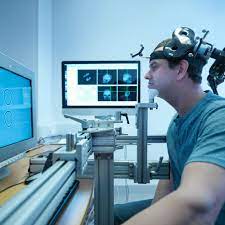 Transcranial stimulation therapy is a new way to heal brain injuries. The therapy uses electrical impulses to stimulate the brain and promote healing. Transcranial stimulation therapy is still in its early stages of development, but it shows promise as a treatment for brain injuries.
Transcranial stimulation therapy is a new way to heal brain injuries. The therapy uses electrical impulses to stimulate the brain and promote healing. Transcranial stimulation therapy is still in its early stages of development, but it shows promise as a treatment for brain injuries.
This type of therapy also has the potential to help people with conditions like stroke, Alzheimer’s disease, and Parkinson’s disease. People may also use this type of therapy to improve their cognitive abilities. There are also reports of people using this type of therapy to treat depression. It also helps many people who have migraines.
The sessions of this therapy also help people who have trouble sleeping. It has also been used to help people with post-traumatic stress disorder (PTSD).
What Does Transcranial Stimulation Therapy Treat?
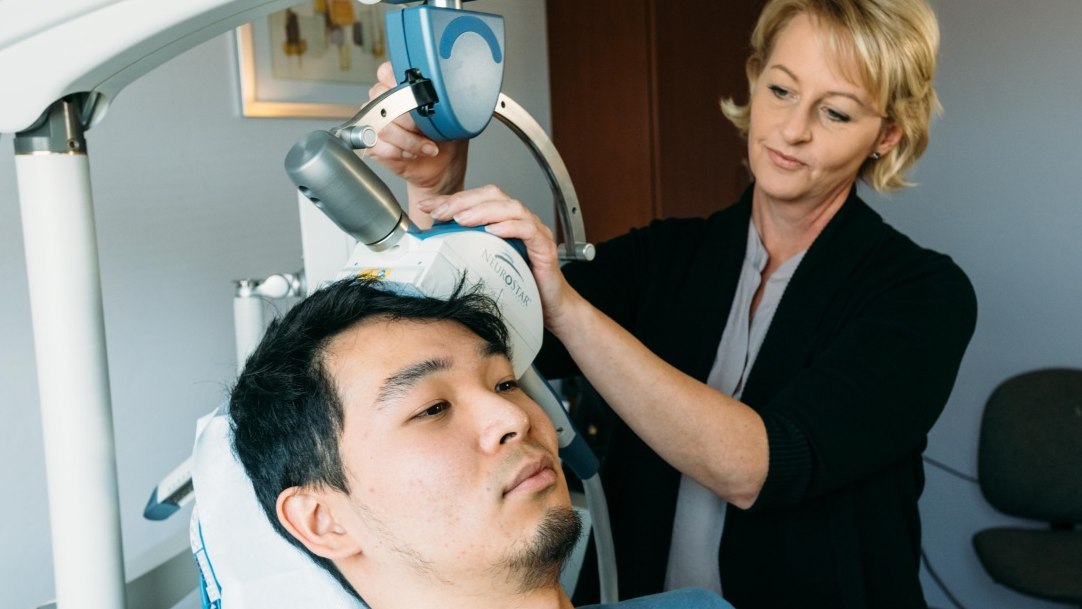
Transcranial stimulation therapy is a treatment for brain injuries. It is a non-invasive way to stimulate the brain with electrical impulses. The therapy has been shown to help improve cognitive function, motor function, and communication skills.
The therapy is still in its early stages of development, but it shows promise as a treatment for brain injuries. There are few side effects associated with this type of therapy which makes it an attractive option for patients.
This therapy also has the potential to help stroke patients recover from their injuries. Transcranial stimulation therapy has been shown to improve motor function and cognitive function in stroke patients.
The therapy is still being researched, but it shows promise as a treatment for brain injuries. If you or someone you know has suffered a brain injury, ask your doctor if this type of therapy is an option.
Working of Transcranial Stimulation Therapy
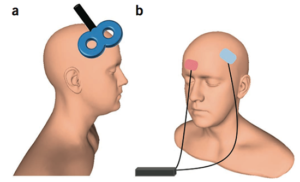 The working of transcranial stimulation therapy is based on the principle of neuromodulation. Neuromodulation is the process of modulating the activity of neurons. In this type of therapy, electrical impulses are used to modulate the activity of neurons in the brain.
The working of transcranial stimulation therapy is based on the principle of neuromodulation. Neuromodulation is the process of modulating the activity of neurons. In this type of therapy, electrical impulses are used to modulate the activity of neurons in the brain.
The electrical impulses stimulate the release of neurotransmitters in the brain. Neurotransmitters are chemicals that help communicate signals between neurons. The release of neurotransmitters helps to improve communication between neurons and can help to improve cognitive function and motor function.
It also helps to release growth factors in the brain. Growth factors are chemicals that help to promote the growth and repair of cells. The release of growth factors helps to improve the healing process of brain injuries.
Transcranial stimulation therapy is a non-invasive way to stimulate the brain with electrical impulses. The therapy has been shown to help improve cognitive function, motor function, and communication skills. It also has the potential to help stroke patients recover from their injuries. If you or someone you know has suffered a brain injury, ask your doctor if this type of therapy is an option.
Benefits of Transcranial Stimulation Therapy
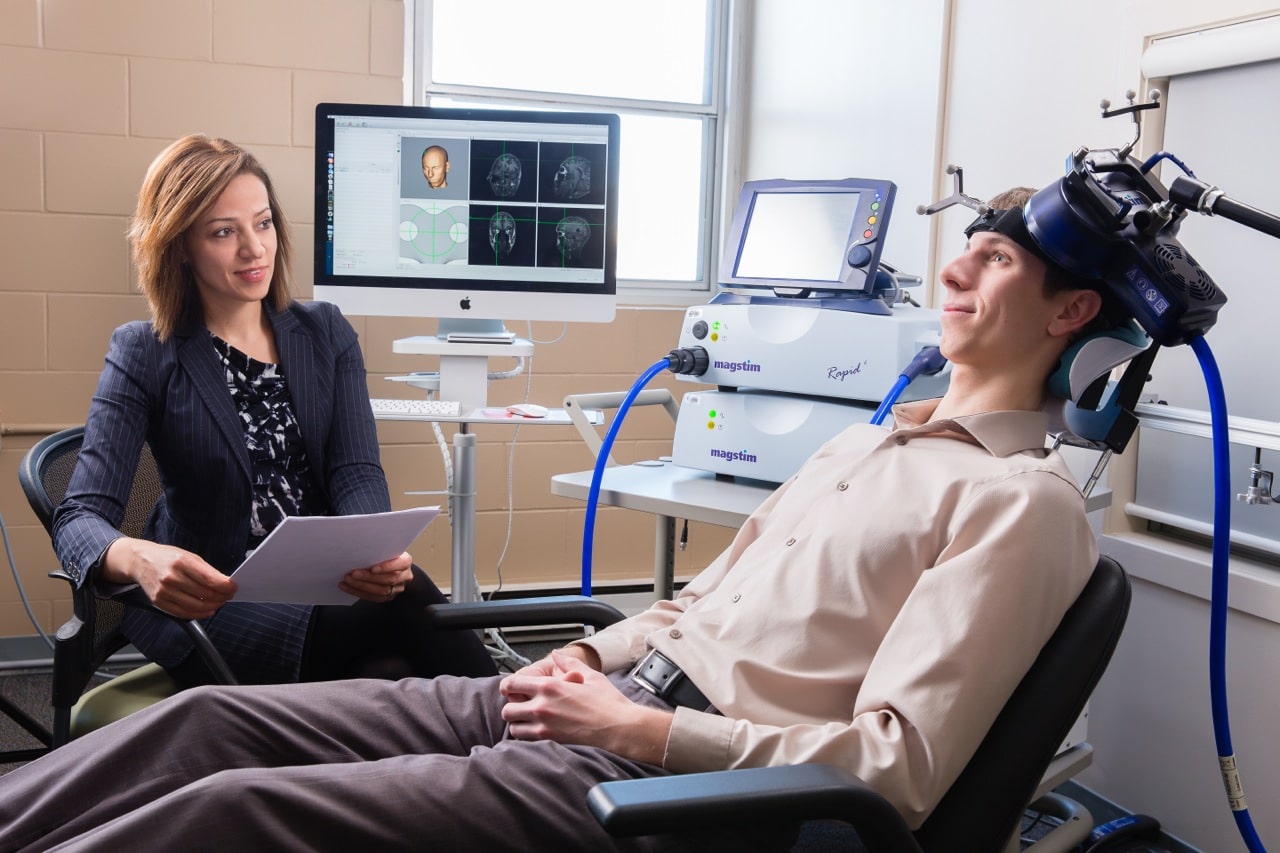
There are many benefits associated with transcranial stimulation therapy. Some of these are:
Helps In Brain Injury Recovery
One of the main benefits of this type of therapy is that it helps in brain injury recovery. This therapy can help to improve cognitive function and motor skills. It also gives a person the ability to live a normal life. There are many things that a person can do to help themselves recover from a brain injury, but this type of therapy is one of the most effective.
Reduces Inflammation
Transcranial stimulation therapy has also been shown to reduce inflammation. This is important because inflammation can lead to a number of different health problems. It can cause pain, swelling, and even damage to your organs. By reducing inflammation, you can reduce your risk of these health problems.
Improves Mood
Another benefit of this type of therapy is that it can improve your mood. This is because the therapy helps to release endorphins. Endorphins are chemicals that make you feel good. They are released when you exercise, eat certain foods, or experience something pleasurable. When you have transcranial stimulation therapy, you are able to release endorphins and improve your mood.
Helps To Treat Depression
Depression is a serious mental health condition that can have a negative impact on your life. Transcranial stimulation therapy has been shown to be an effective treatment for depression. The therapy can help to improve your mood and give you the energy you need to get through the day.
Reduces Anxiety
Anxiety is another mental health condition that transcranial stimulation therapy can help to treat. This therapy can help to reduce your anxiety by helping you to relax and feel more comfortable in situations that would normally make you anxious. It can also give a person the ability to think more clearly and make better decisions.
Dangers of Transcranial Stimulation Therapy

The dangers of this type of therapy are not yet known. There have been no long-term studies on the safety of transcranial stimulation therapy, and it is still considered an experimental treatment. The most common side effect of this type of therapy is a headache. Other potential side effects include:
– Seizures
– Nausea
– Vomiting
– Dizziness
– Lightheadedness
– Tingling or numbness in the treated area
– Skin irritation at the site of electrode placement
Precautions For Transcranial Stimulation Therapy
There are many precautions for this type of therapy:
The first precaution is that the patient must have no metal in their head. This includes implants, pacemakers, or other devices.
Secondly, the patient should not be pregnant or breastfeeding.
Lastly, the patient must not have any open wounds on their head.
These are just a few of the many precautions for this type of therapy. If you have any questions, please consult with your doctor before starting this therapy.
Conclusion
Transcranial stimulation therapy is a new, promising treatment for brain injuries. It is still in its early stages of development, but it has the potential to help many people who have suffered from brain injuries. If you or someone you know has suffered from a brain injury, talk to your doctor about this type of therapy as a possible treatment option.
There can be many benefits of this type of therapy. This type of therapy also has very few side effects and is non-invasive. It is an exciting new treatment option for brain injuries, and more research is needed to determine its full potential.
A Word From Therapy Mantra
Your mental health — Your psychological, emotional, and social well-being — has an impact on every aspect of your life. Positive mental health essentially allows you to effectively deal with life’s everyday challenges.
At TherapyMantra, we have a team of therapists who provide affordable online therapy to assist you with issues such as depression, anxiety, stress, workplace Issues, addiction, relationship, OCD, LGBTQ, and PTSD. You can book a free therapy or download our free Android or iOS app.
